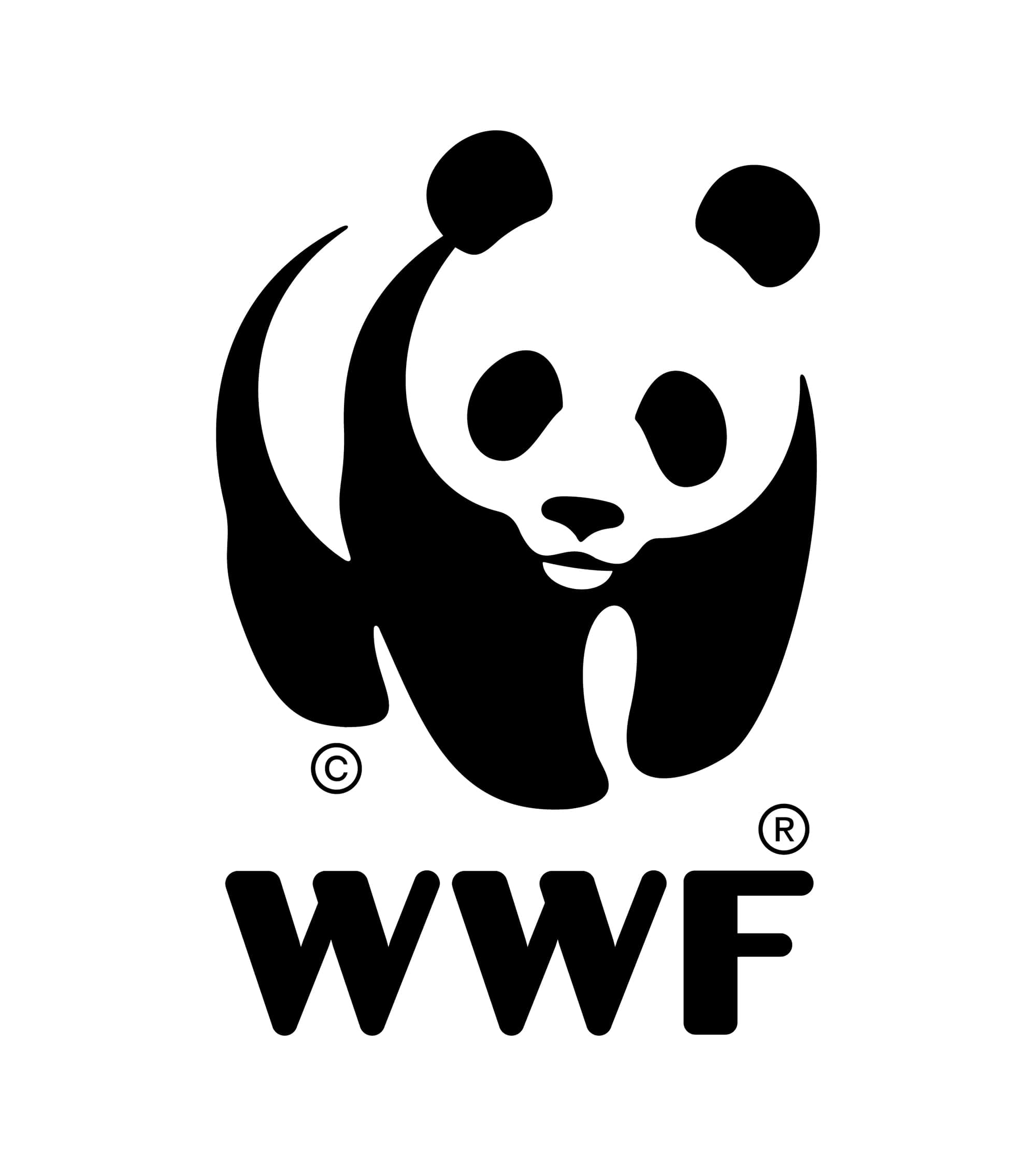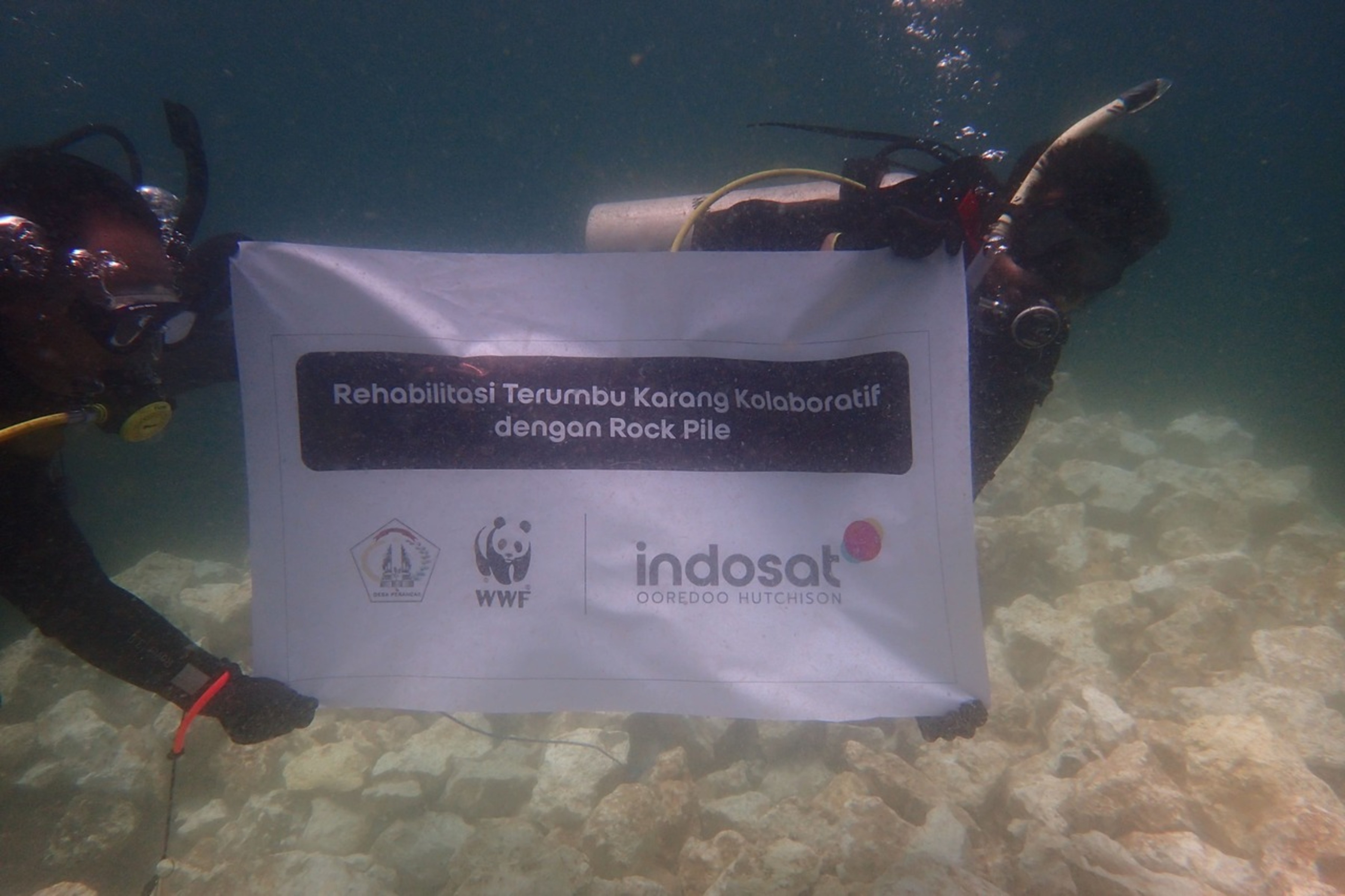CORAL REEF RESTORATION OF PERANCAK VILLAGE
The term 'rock pile' refers to a rock pile of volcanic rock or limestone (fossilized coral/limestone) with an average diameter of 20-30 cm per rock arranged in various configurations on a bed of rubble or a bed of dead coral fragments.
One rehabilitation method that has long been practiced in Indonesia is the rock pile method, which is a method of restoring coral reefs due to destructive fisheries activities (bombs, potassium). This method has been proven to stabilize the bottom substrate to increase coral larval settlement, recruitment of coral organisms, hard coral cover, density and abundance of reef fish and other biota living in coral reef habitats.
Jembrana Regency, especially Perancak Village Waters, has important coastal ecosystems in ecological protection and essential life support in coastal areas. Potential natural resources include reef and small pelagic fish, coral reefs and turtle habitat. Unfortunately, the condition of the ecosystem and coral reef habitat at that location has been damaged. Referring to the Bali Province Regional Regulation No. 2 of 2023 concerning the Regional Spatial Plan of Bali Province Year 2023-2043, that there is a space allocation for Conservation Areas, including in Jembrana waters.
The WWF Indonesia Foundation with the support of Indosat Ooredoo Hutchison initiated coral reef rehabilitation activities using the rock pile method. Rock pile will be installed in the water area of Perancak Village on coral fragments (rubble) covering an area of 642 m2 (0.0642 Ha), including 4 - units (structures) with each size of 16 m3 (length x width x height) = (4 x 4 x 1) m3. The rock pile design is planned to be made to resemble a running track or "running track" to add uniqueness and attractiveness for tourists in Perancak Village.
This rock pile lowering/installation activity was carried out from September 27 to October 4, 2023. Agencies involved included the Bali Provincial Fisheries and Maritime Affairs Office, Denpasar Aquatic and Marine Resources Management Center (BPSPL), Jembrana District Transportation, Marine and Fisheries Office, Jembrana District Environmental Office, Jembrana Marine and Fisheries Polytechnic, Perancak Village Officials, Perancak Village fishing community, WWF Indonesia Foundation and Indosat Ooredoo Hutchison, as well as coral reef experts from Dhiyana Pura University and LINI Foundation. In eight days of working together, all the limestone rocks on land were successfully moved to the sea.
Mr. Mahfud, a representative of Indosat Ooredoo Hutchison, symbolically handed over the limestone to Mr. I Nyoman Wijana, Perbekel of Perancak Village. Approximately 55 cubic of limestone was lowered into the bottom of the Perancak Village waters which will be arranged in the form of a square box with a volume of 16 m3. He also hopes that this rock pile can contribute to the condition of coral reefs in Perancak Village. Meanwhile, Mr. Wayan Sudiarta as Kelian Banjar Dangin Berawah Perancak Village, expressed his hope, "Hopefully with the limestone stored in the water, it can become a new home for fish, cuttlefish and coral reefs can bloom again on the limestone."
The expected outcome of this activity is the recovery of the coral reef ecosystem in Perancak Village, which means that the water conditions become healthier so that there is an increase in resources that can be utilized by the surrounding community. In addition, this rehabilitation site is specially designed with artistic elements to become a marine tourism destination as a diving or snorkeling location, so that it can be directly utilized by the community for the development of marine tourism, especially in Perancak Village.





